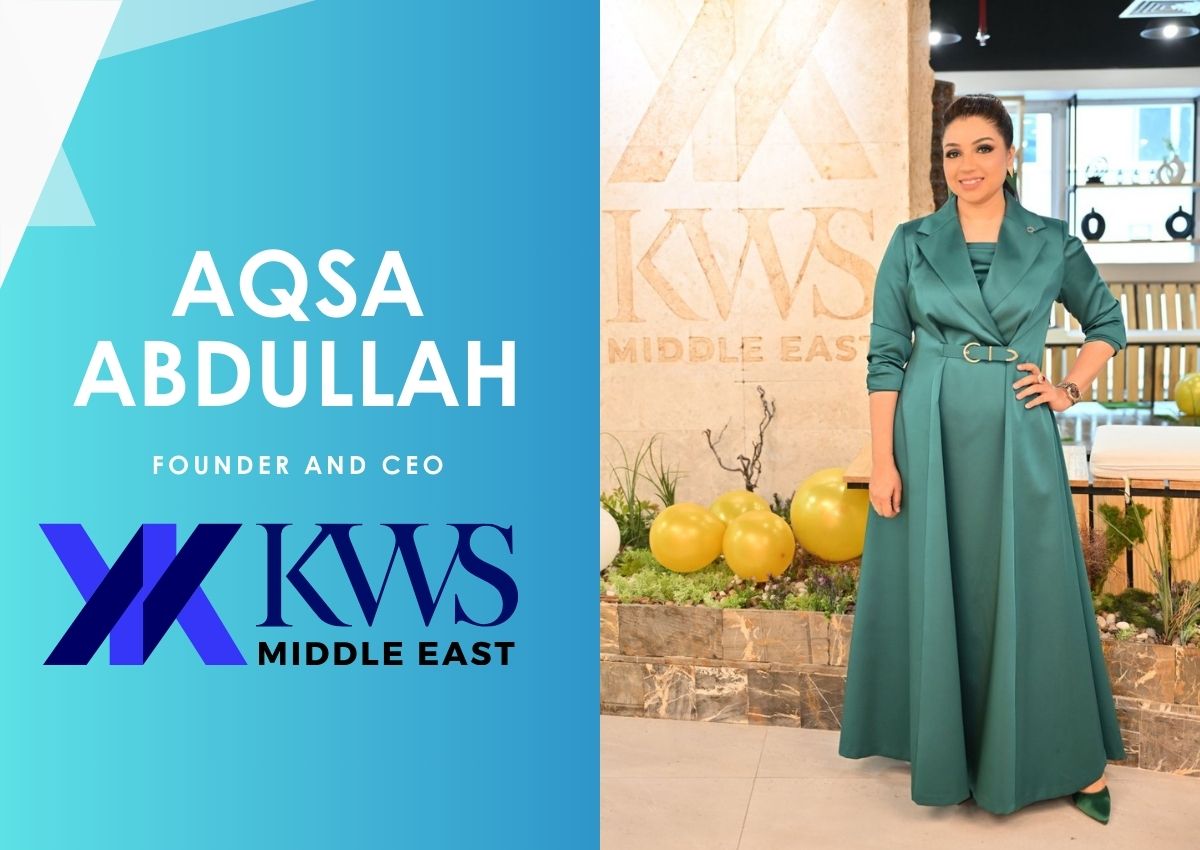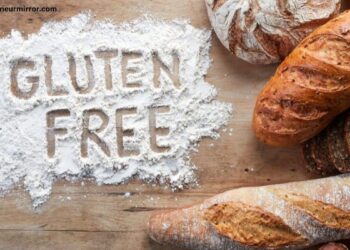Gluten-free baking is a method of cooking that excludes gluten, a protein composite found in wheat, barley, rye, and triticale. It suits people with celiac disease, gluten sensitivity, or wheat allergy, as well as those who opt to avoid gluten for various health-related issues or personal choices. Gluten-free baking has long moved from a niche trend to a mainstream culinary direction due to increased awareness regarding gluten-related diseases and growing interest in health and wellness. Let us read everything about gluten-free baking in this post.
Understanding Gluten and Its Effects
Traditional bakers rely on this ingredient because it endows dough with elasticity, bread, and the chewy texture of other baked items. People with an autoimmune disorder called celiac disease cannot tolerate gluten found in wheat, rye, barley, and triticale. When they consume it, they experience adverse reactions such as damage to the small intestine, resulting in poor absorption of nutrients by the body, causing gastrointestinal problems, and can lead to more serious health problems.
On the other hand, some individuals may have less severe symptoms if they are sensitive to gluten or their bodies are allergic to wheat only. However, all these can still be detrimental to consuming food containing proteins.
The Rise of Gluten-Free Baking
The introduction of gluten-free baking has completely changed the lives of individuals with any disorder related to this component who want some sweet treats at least once in a while. This includes using different types of flour mixes, like rice flour or sorghum flour, instead of conventional ones that contain this element for better binding purposes.
Common alternatives are products made from Rice flour, almond flour, coconut flour, tapioca flour, and potato flour. Xanthan gum and guar gum are commonly used when the binding function of gluten has to be taken over to avoid falling apart at the end.
Gluten-Free Baking Obstacles
There are still some common challenges in gluten-free baking. Gluten is such a key component in the texture and structure of baked goods that it becomes hard to find right substitutes in proper proportions. Consequently, gluten-free doughs and batters behave differently, influencing rising to texture, among other things.
Therefore, many times, bakers will have to mix different types of flour with other ingredients to produce an appealing output. Furthermore, those suffering from celiac disease must ensure that gluten is not present in their ingredients or even their baking environment.
Considerations on Nutrition
It is crucial to note that while gluten-free baking provides an excellent alternative for those who cannot take gluten, not all products free from this protein need to be healthier. A few bakery products made by commercial companies are rich in fats and sugars to compensate for differences in taste and texture. However, when cooking at home, these ingredients can be controlled; hence, people would have a chance of making healthy versions of gluten-free treats.
Innovations in Gluten-Free Baking
Gluten-free baking has been evolving, with new types of flour and other ingredients being introduced to improve the taste, nutritional content, and texture. Ancient grains such as amaranth, teff, and quinoa have become popular because of their health benefits and gluten-free properties. Moreover, psyllium husk acts as a binding agent, adding to the fiber content, thereby enhancing nutrients in gluten-free baked goods.
Community and Cultural Impact
Gluten-free baking has fostered a community spirit among individuals adhering to a gluten-free diet. Forums found online offer recipes, tips, or even encouragement for individuals interested in this baking activity. This sharing has played a key role in increasing variety and improving the quality of gluten-free recipes. Lastly, bakeries offering one or more gluten-free choices also make caffeine dietary options look more attractive.
Conclusion
Gluten-free cooking has become a realm of creative, inclusive culinary practices that makes baking possible even for people with food restrictions. Although this comes with unique problems, innovations by use of materials and methods keep improving quality and accessibility for doing away with that restriction present in baking free from gluten. More people continue adopting gluten-free diets willingly or unwillingly, leading to increased demand for new tasty recipes lacking this protein. Whether driven by necessity or choice, consistent growth.
Also Read:-






























































